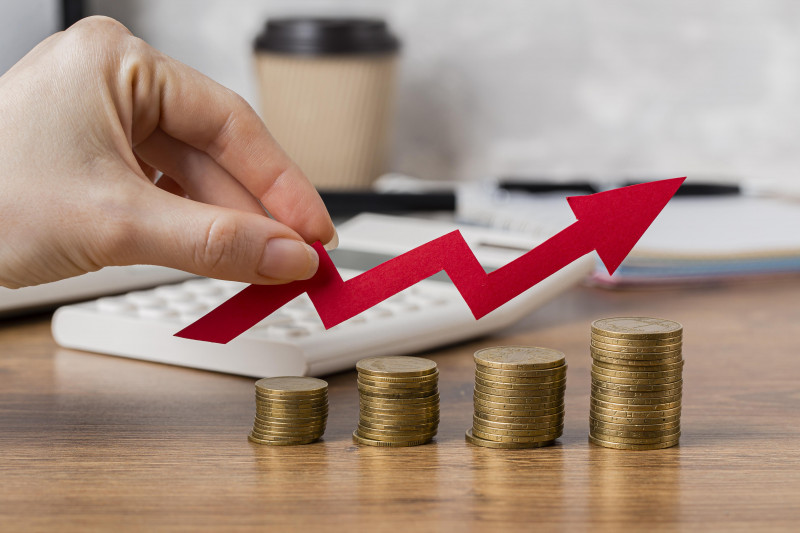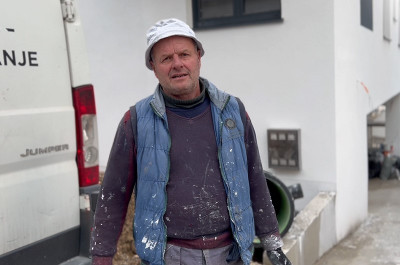According to preliminary estimates by the Croatian Bureau of Statistics (DZS), the prices of goods and services for personal consumption in April 2025 were on average 3.1% higher compared to April last year. However, when using the Harmonized Index of Consumer Prices (HICP), which compares Eurozone members, that increase amounts to as much as 3.9%.
Croatia still in the "top 3" for inflation in the Eurozone
This places Croatia among the very top for inflation within the Eurozone, along with Estonia (4.4%) and Latvia and the Netherlands (4.1%). Slovakia shares the same rate as Croatia (3.9%). Other Eurozone members are recording lower rates, meaning that Croatia is still struggling with relatively high inflation despite the downward trend.
Inflation declining, but services and food see the highest price increases
Although Croatia's year-on-year inflation rate is on a downward path — it stood at 4% in January, 3.7% in February, and 3.2% in March — the April figure of 3.1% shows that the decline is slowing. The main culprits for the current price hikes are services, which jumped by as much as 6.1% on an annual basis, and food, beverages, and tobacco, whose prices rose by 4.1%. On the other hand, energy recorded a slight increase of 1.1%, while non-food industrial goods nearly stagnated (+0.3%).
On a monthly basis (April compared to March), prices rose by 0.6%, with the biggest jump seen in industrial products (+1.7%) and services (+0.8%).
Inflation in the Eurozone stable, but food prices rising
At the Eurozone level, inflation in April stood at 2.2%, which is stable compared to March. However, the 4.9% rise in fresh food prices was the highest since the beginning of last year, offsetting the decline in energy prices (-3.5%). Services in the Eurozone became 4.1% more expensive, meaning that the pressure on citizens' living standards persists, even though energy has become cheaper.
What can we expect?
Although the data on falling inflation is encouraging, the structure of price growth shows that the cost of living, especially for services and food, remains high. For Croatia, which has been among the most inflation-affected countries in the Eurozone for several months, this means continued pressure on household budgets.
If trends in the Eurozone continue, we can expect further reduction in inflation towards the targeted 2%, but for citizens and businesses, the biggest challenge remains the high cost of basic necessities.

 Croatia
Croatia Bosnia and Herzegovina
Bosnia and Herzegovina Serbia
Serbia Crna Gora
Crna Gora North Macedonia
North Macedonia Ukraine
Ukraine Albania
Albania Kosovo
Kosovo Austria
Austria Deutschland
Deutschland Switzerland
Switzerland









